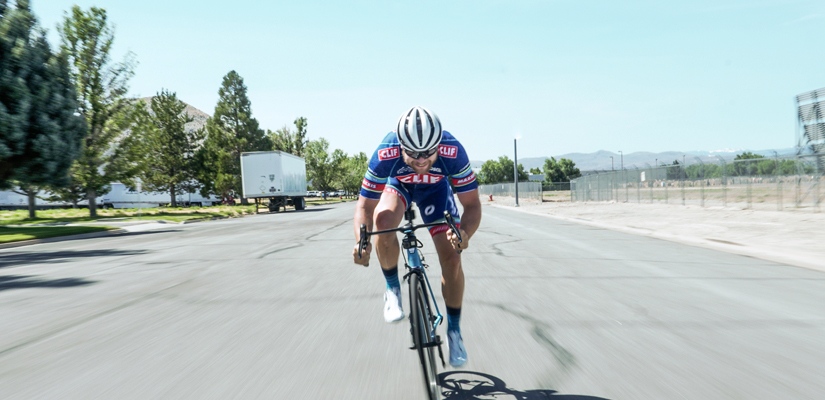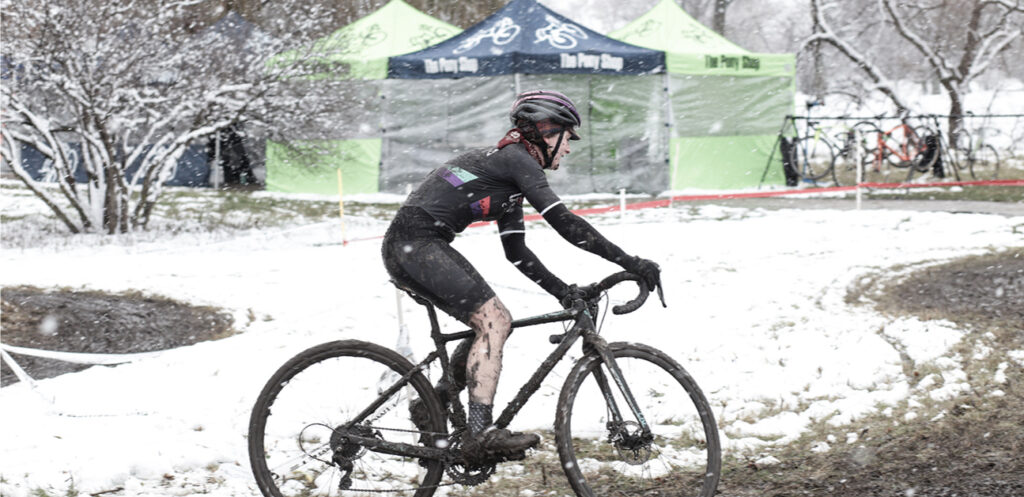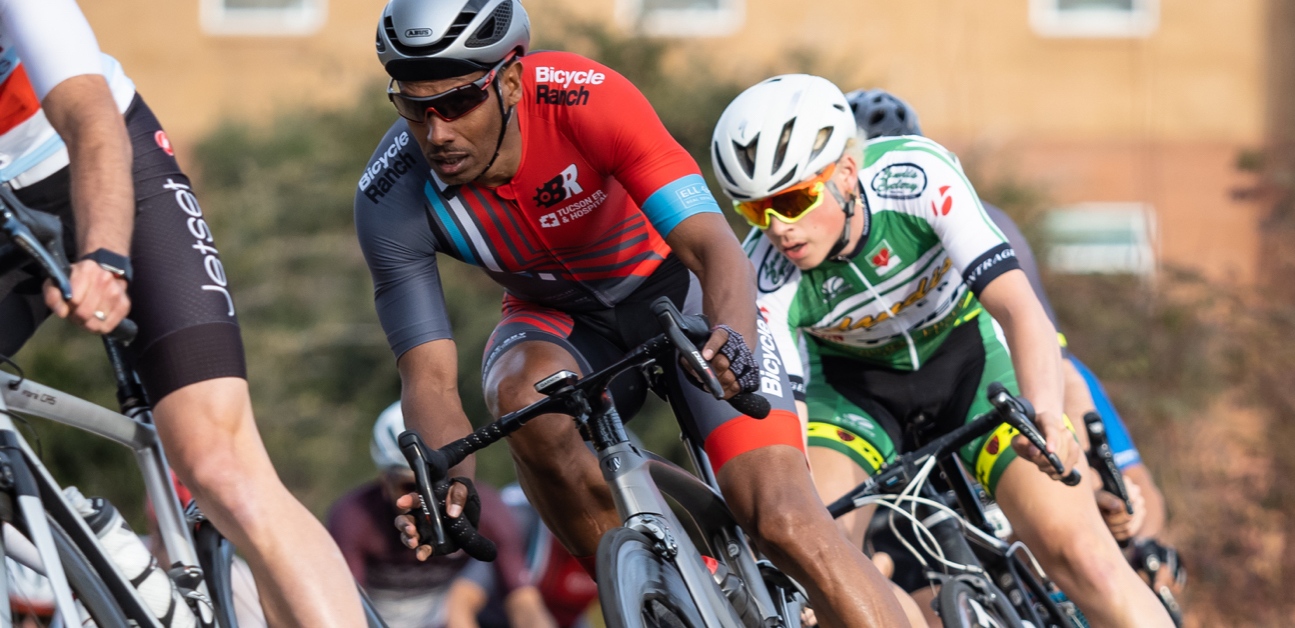
Simply put, you need carbohydrates that can be quickly consumed and digested. For example, a massive bowl of salad, chicken, and vegetables will leave you stuffed but may only have about 600 calories. Nutrient-dense foods often contain fewer calories, meaning you’ll need to consume much more for your cycling nutrition needs. However, a balance of quality and quantity can be challenging to achieve. Quantity means you’re getting enough for your caloric needs. Shopping for quality means that you’re getting nutrient-dense foods and ones that will help you hit your macronutrient goals. It’s helpful to remember two basic principles- quality and quantity. Heading to the grocery store can lead to a bevy of food choices, often leaving you with a myriad of options and heaps of confusion. What Nutrition is Beneficial for Cyclists? Because they can cause stomach distress, you probably want to avoid fatty foods during training, but that’s doesn’t mean you need to avoid them totally in your cycling nutrition plan. Of these three, unsaturated fats like olive or canola oil are generally considered the healthiest option. Three types of fats are unsaturated, trans, and saturated.

However, fats help you absorb vitamins, produce hormones, and create fatty acids that your body doesn’t make itself. Some studies suggest that upwards of 1.8g per kg is even better.įat usually gets a bad wrap because it’s about twice as calorie-dense as carbs and proteins. Researchers recommend consuming 1.2-1.4g per kg. However, endurance athletes place a tremendous strain on the body.

The general recommendation is to consume 0.8 grams of protein per kilogram of body weight every day for most people. It also serves as the material for enzymes, hormones, and hemoglobin. Protein makes up most of the tissues in the body, including bone, connective tissues, skin, and hair. Typically, we think of protein as the building blocks of muscle tissue, and rightly so. Protein is another essential macro that’s vital for cycling. Peak endurance performance is all about managing these energy stores, highlighting the importance of the amount and timing of your cycling nutrition. The good news is that you can increase the glycogen in your muscles can store through training. When glycogen stores are full, the liver converts the glucose to triglycerides, which go to fat storage. When your body has more glucose than it needs, it is converted to glycogen and stored in the muscles and liver. All forms of carbohydrates you ingest are eventually converted to glucose. Mitochondria use this simple sugar in your cells to produce ATP, the energy source for all activity. It is hard to overstate the importance of carbs for cycling performance. For more information, check out Cycling For Weight Loss. If you are trying to lose weight, your macros will be slightly different with an even greater protein intake. The fat content will be the calories you have leftover. Then prioritize carbohydrates at 6-10g per kilogram of body weight because it’s the body’s preferred fuel source when performance matters. That is between 1.2-1.4 grams of protein per kilogram of body weight daily for endurance athletes. The fulcrum rests on protein, so the first step is determining how much protein you need. On one end, you have fats, and on the other, you have carbs. It’s helpful to think about macronutrients as a lever for optimizing your diet for cycling performance. Each one is important for cycling nutrition and general health.

Macronutrients categorize nutrition into three groups-carbohydrates, proteins, and fats. Now that you know how many calories you need, it’s time to determine what foods are most beneficial to get there. Of course, this isn’t exact, but you can go a step further and track your weight and how you are feeling to ensure you’re getting enough nutrition. While your calories per day will fluctuate, you can get a good idea of your cycling nutrition needs by adding your RMR and activity calories together. Since a kJ is roughly equivalent to a calorie, you can quickly get a close estimate of your cycling calorie burn. You can monitor the number of kilojoules (kJs) expended during a ride or workout with a power meter. In general, you can use your RMR and activity level to get an estimate of your daily calorie expenditure using an online calculator.īut what about your activities and training? You can estimate your daily activities, but calculating calories is relatively straightforward with cycling training.

It’s influenced by age, sex, and lean body mass. RMR isn’t a static number and does fluctuate over time.


 0 kommentar(er)
0 kommentar(er)
